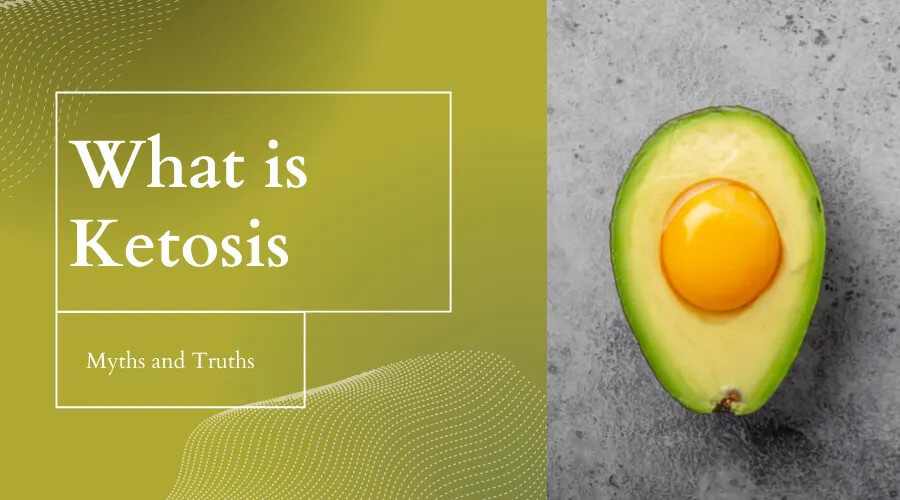
Ketosis is a metabolic state where your body burns fat for fuel instead of carbohydrates. When you’re in ketosis, you lose weight and improve your mental clarity. You’ll also have more energy and less inflammation. In this article, I am going to break down the myths and truths about ketosis.
Ketosis: What you need to know
Ketosis is a natural metabolic state where ketones are produced from fat by the liver and used as energy instead of glucose. This happens when your body doesn’t have enough glucose to burn for energy, so it burns stored fat instead. Ketones are produced as a result of this process, and these ketones are what provide energy instead of sugar.
Ketosis isn’t just about weight loss – but also provides many mental benefits like enhanced focus and clearer thinking. Your brain uses a LOT of fuel each day. Glucose is a quick-burning (and dirty, inefficient fuel). Ketones on the other hand are clean, longer-lasting fuel for the brain. Having a sustained supply of ketones means your brain can function at peak capacity!
How to achieve ketosis
The main driver of ketosis is carbohydrate restriction. This drives the body to use up stored sugars first, then switch to breaking down fat to make ketones. The ketogenic diet can be beneficial to those who need to lose weight, have diseases like diabetes (Type II), epilepsy, Parkinson’s disease, or Alzheimer’s disease. Ketosis is also being explored as a mechanism for preventing cancer. The state of ketosis has been found to help reduce inflammation throughout the body – creating an anti-aging effect, reducing chronic pain.
A ketogenic diet typically involves less than 20g of carbohydrate per day along with moderate protein and higher fat intake. However, a full ketogenic diet is not always necessary to achieve these benefits. Ketosis can also be achieved through intermittent fasting, longer-term fasting, and simply reducing carbohydrate intake. A low carbohydrate diet (20-50g of carbohydrate) or even a moderate carbohydrate diet (50-100g of carbohydrate) can often be sufficient to generate ketones in many people. Those with type II Diabetes, obesity, or other chronic conditions may find the best results from the lowest carbohydrate intake.
Cautions with Ketosis
There are a few cautions to be aware of before implementing a ketogenic diet or low carbohydrate diet to achieve ketosis.
Number 1: this dietary approach is not recommended during pregnancy or breastfeeding. These stages in life require more carbohydrates (not necessarily high carbohydrate) for the developing baby.
Number 2: this dietary approach may require some professional intervention for those with chronic disease or who are taking certain medications. This way of eating is so effective at regulating blood sugars and blood pressures, that when combined with medications for these disorders may find their numbers drop too much. Medications therefore may need to be adjusted or stopped with your medical provider.
Number 3: many people will experience what is often called “keto flu” when first adopting a lower carbohydrate or ketogenic style of eating. This is a short time frame where some people experience headaches, fatigue, and just don’t feel great (sort of flu-ish). This generally only lasts for a few days and not everyone experiences these symptoms. The cause of the “flu” is generally related to changes in mineral status. Carbohydrates contribute to water retention (the word literally means hydrated carbon) – so when you reduce carb intake, you also release a lot of water. Where water goes, so does sodium. This can cause imbalances in electrolytes. Increasing intake of minerals during the first few weeks can make a big difference in these symptoms.
Number 4: many people say that this way of eating is not sustainable or make the argument that when you “go back to eating a normal diet, you’ll gain it all back”. To these arguments I say – well, yeah! This is not a diet. It’s a way of eating to achieve a metabolic state that allows the body to burn fat for energy. It’s not about weight loss, per se – many slender or athletic people follow a low-carb or ketogenic diets as well. If you go back to eating pizza, pasta, bread, and sweets – of course you’ll gain it all back (and likely more). This would be true (and often is) after following any temporary plan.
Wrapping Up Ketosis
The ketogenic diet is a natural metabolic state that can offer benefits for those who are struggling with weight loss or health issues. I have followed a low carbohydrate style of eating for many years now – and have found it to be incredibly sustainable. Sure, I could look at the “restrictions” or “sacrifices” I’m making by not eating a ton of fruit, bread, or grains – but I choose to instead focus on how I am NOT sacrificing my health by consuming those foods. I’d much rather have unlimited energy, mental clarity, effortless weight maintenance, and less overall inflammation than a momentary pleasure of eating sugar or carbs.
The same has been true for my clients who have adopted this style of eating – they’ve reported weight falling off without trying, reduction in swelling and water retention, overall improved energy, stable moods and far less depression/anxiety, controlled appetite (often experiencing far less hunger), and they just don’t think about food all day long.
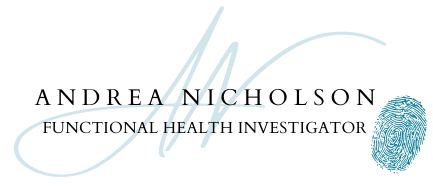


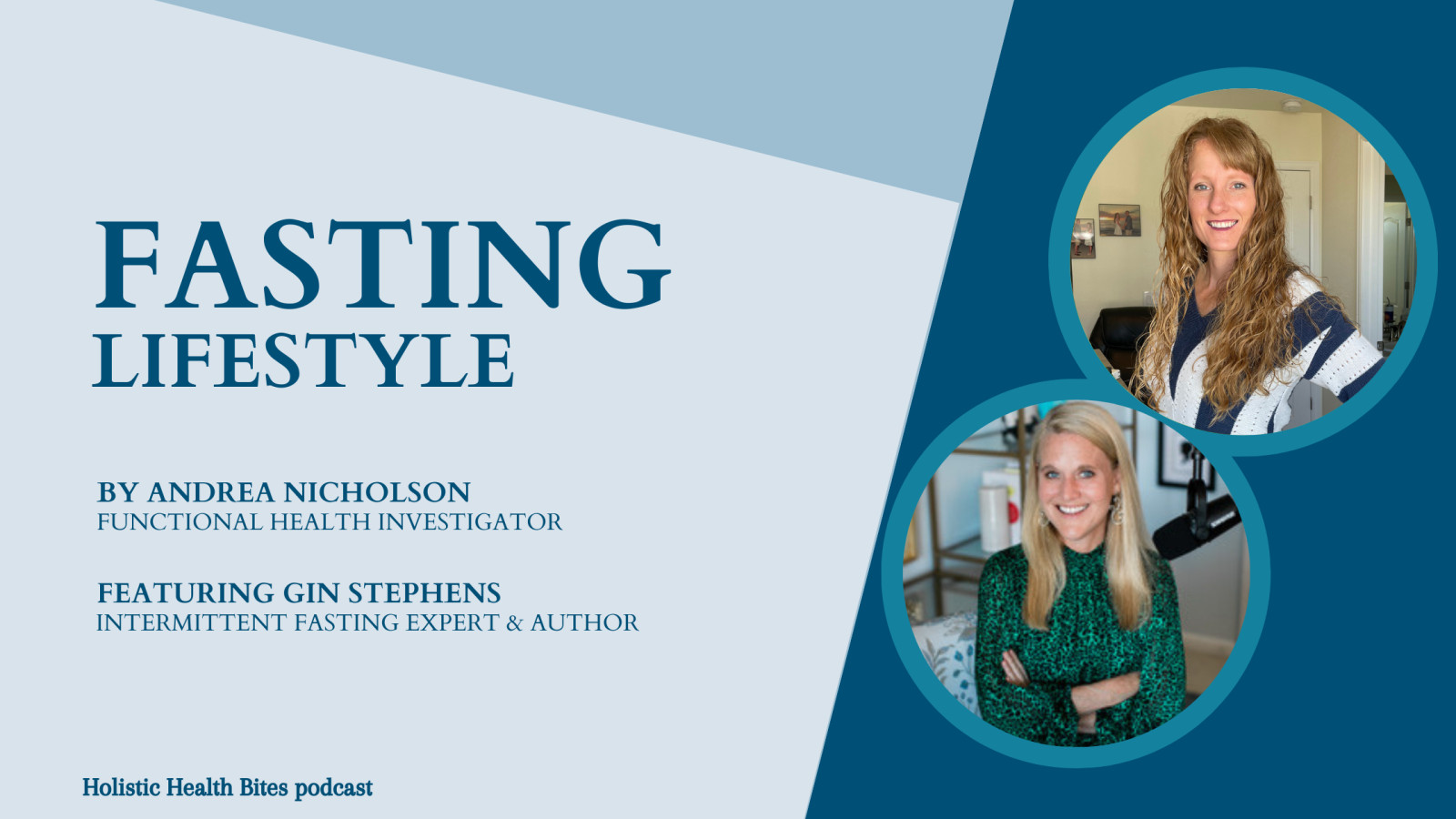

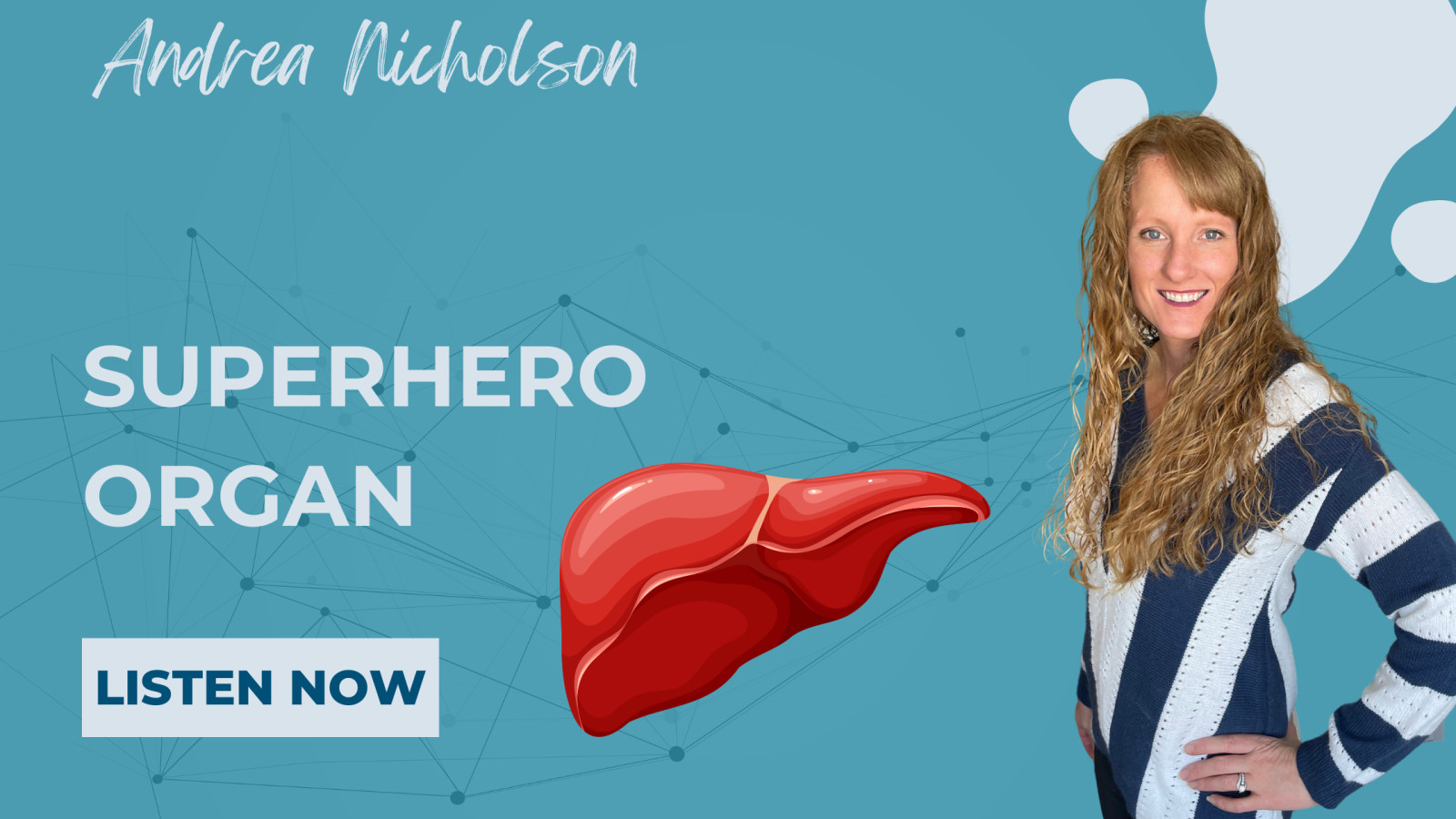


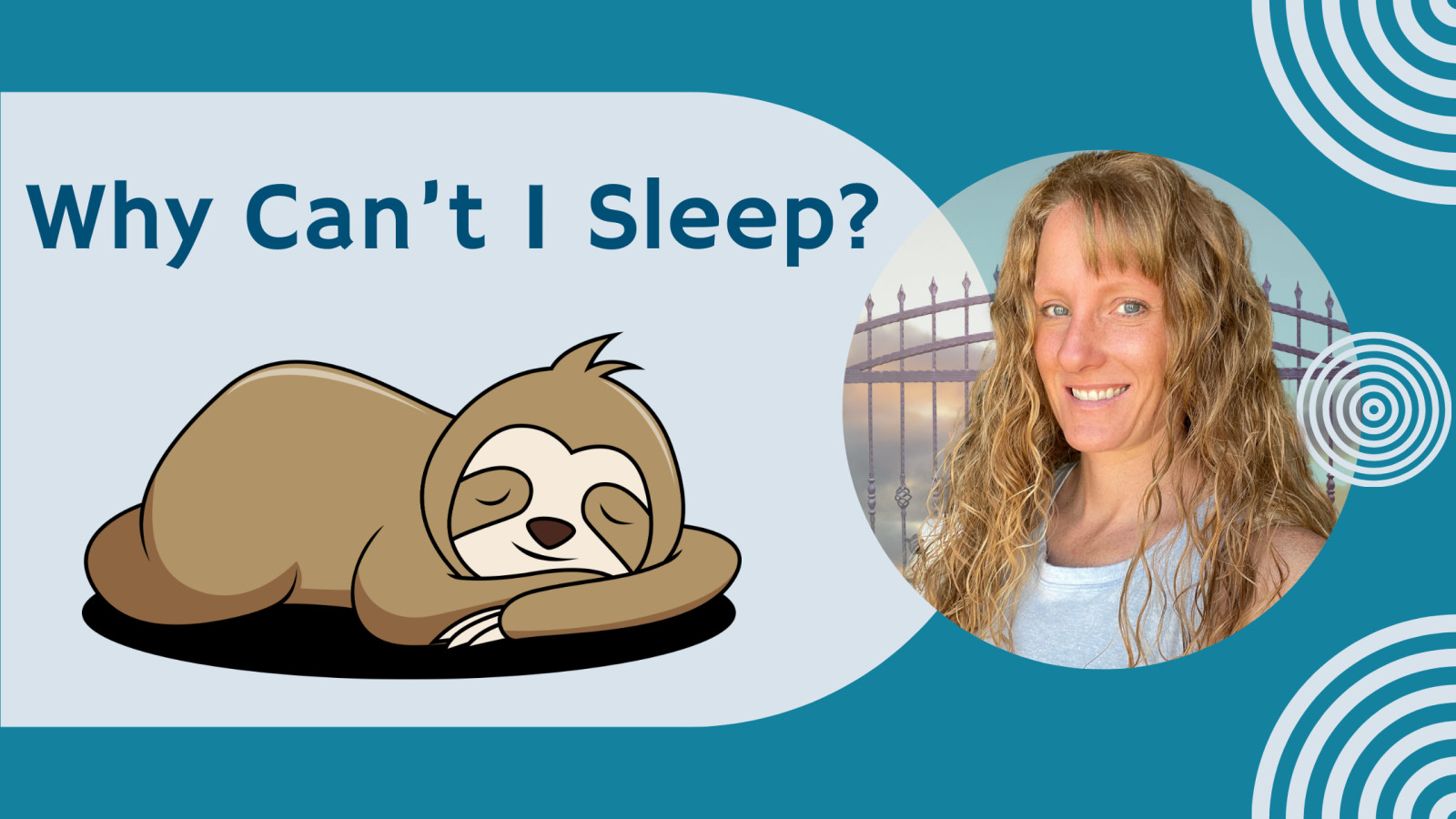
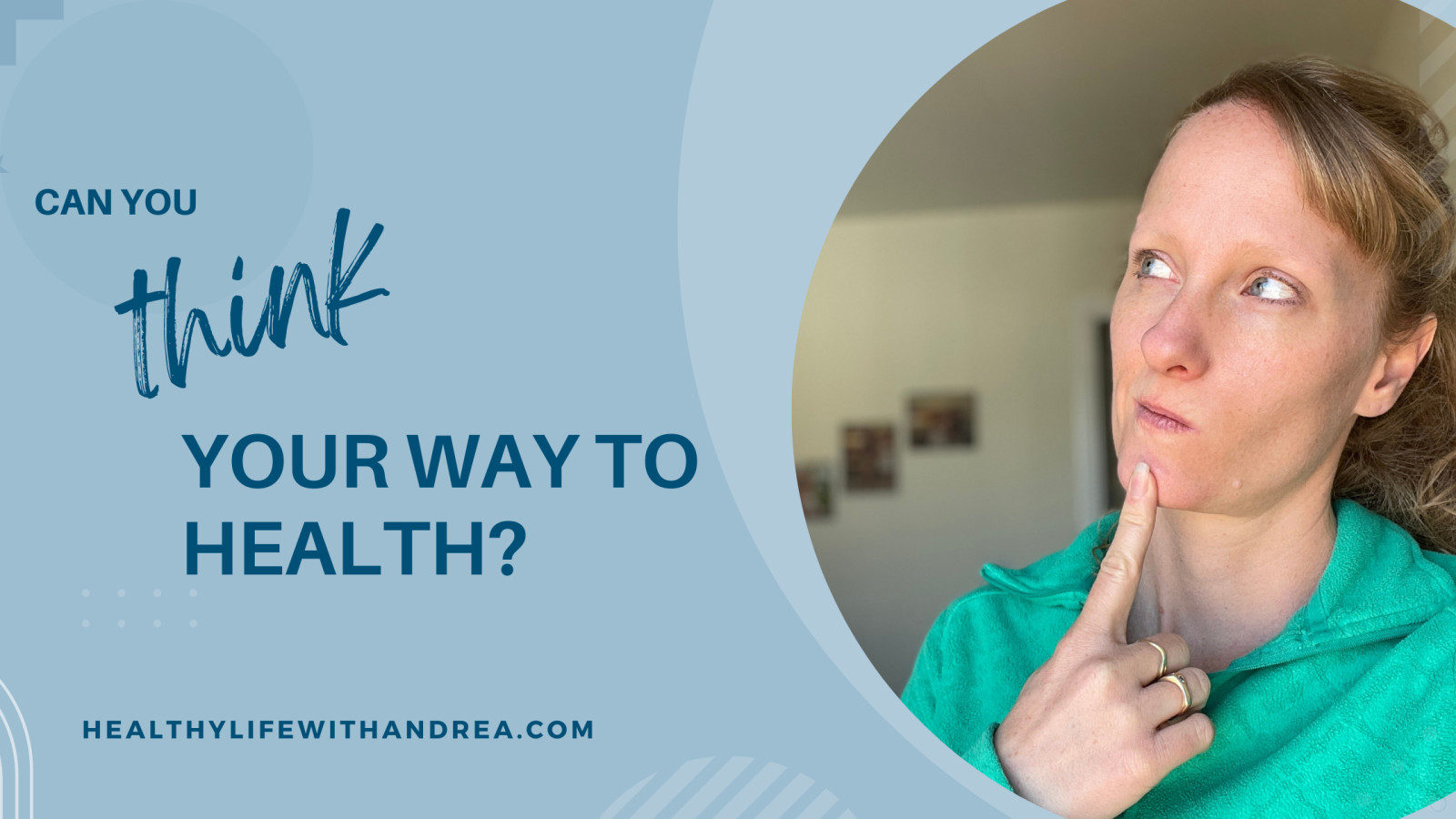
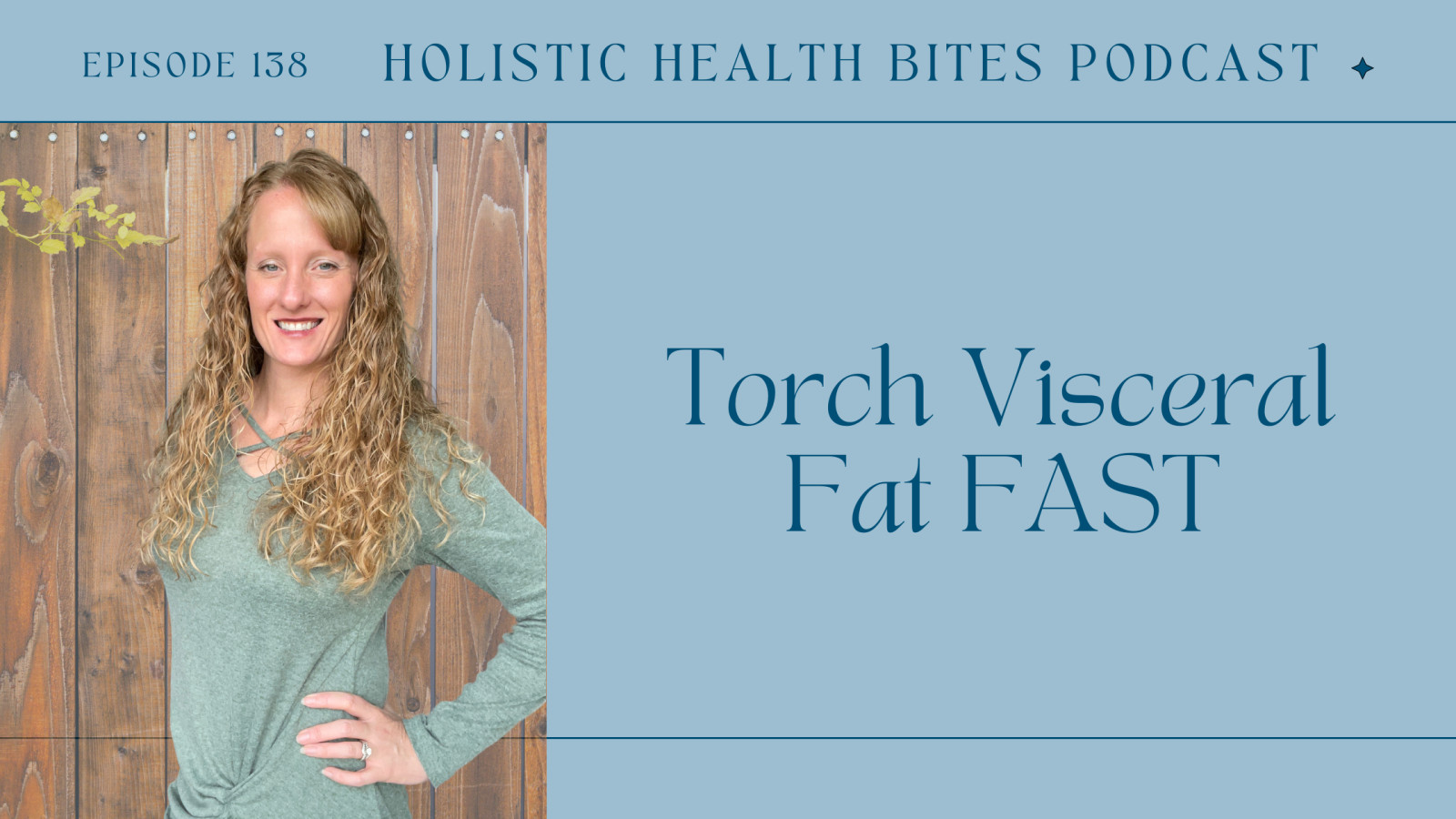
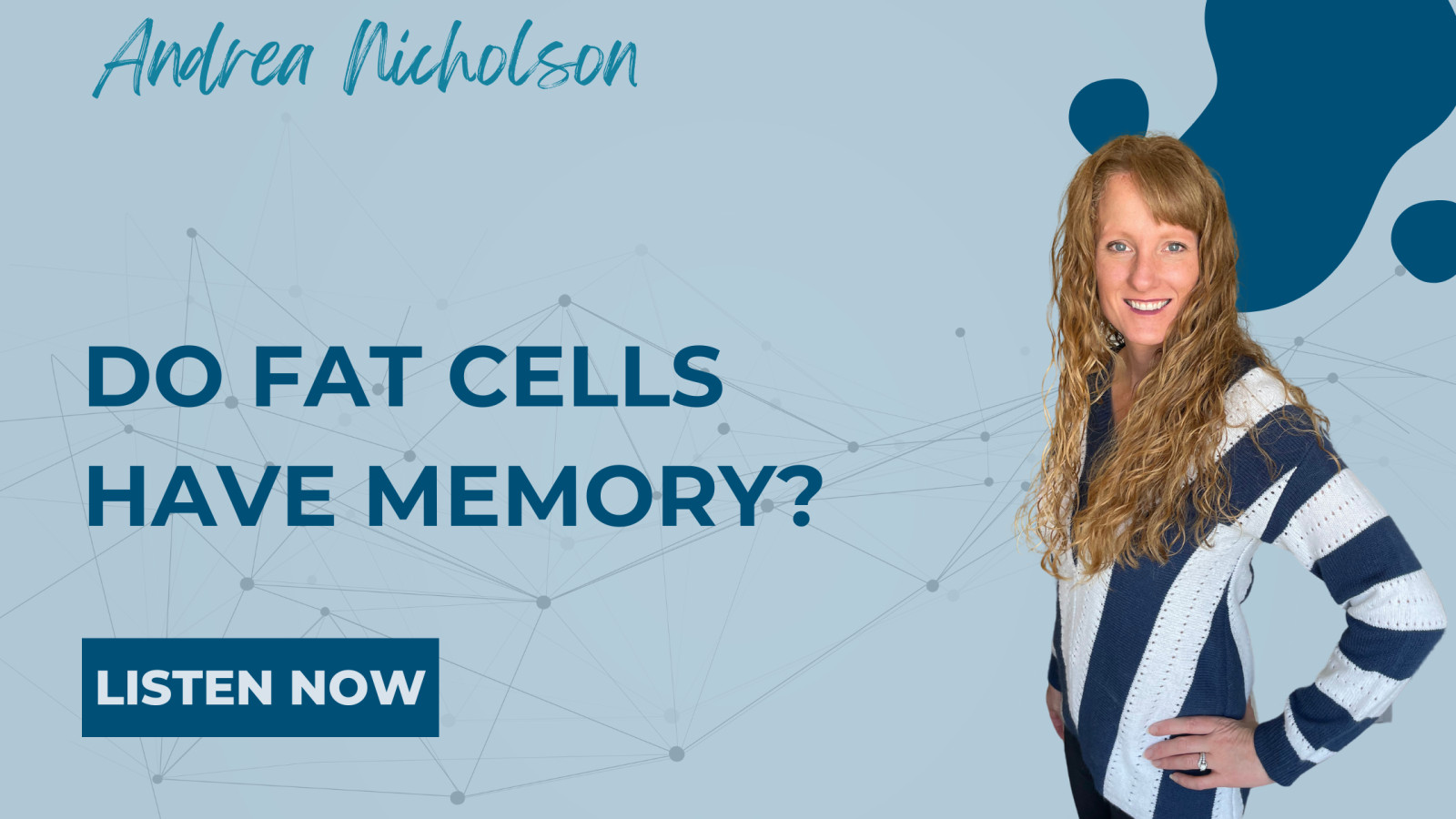
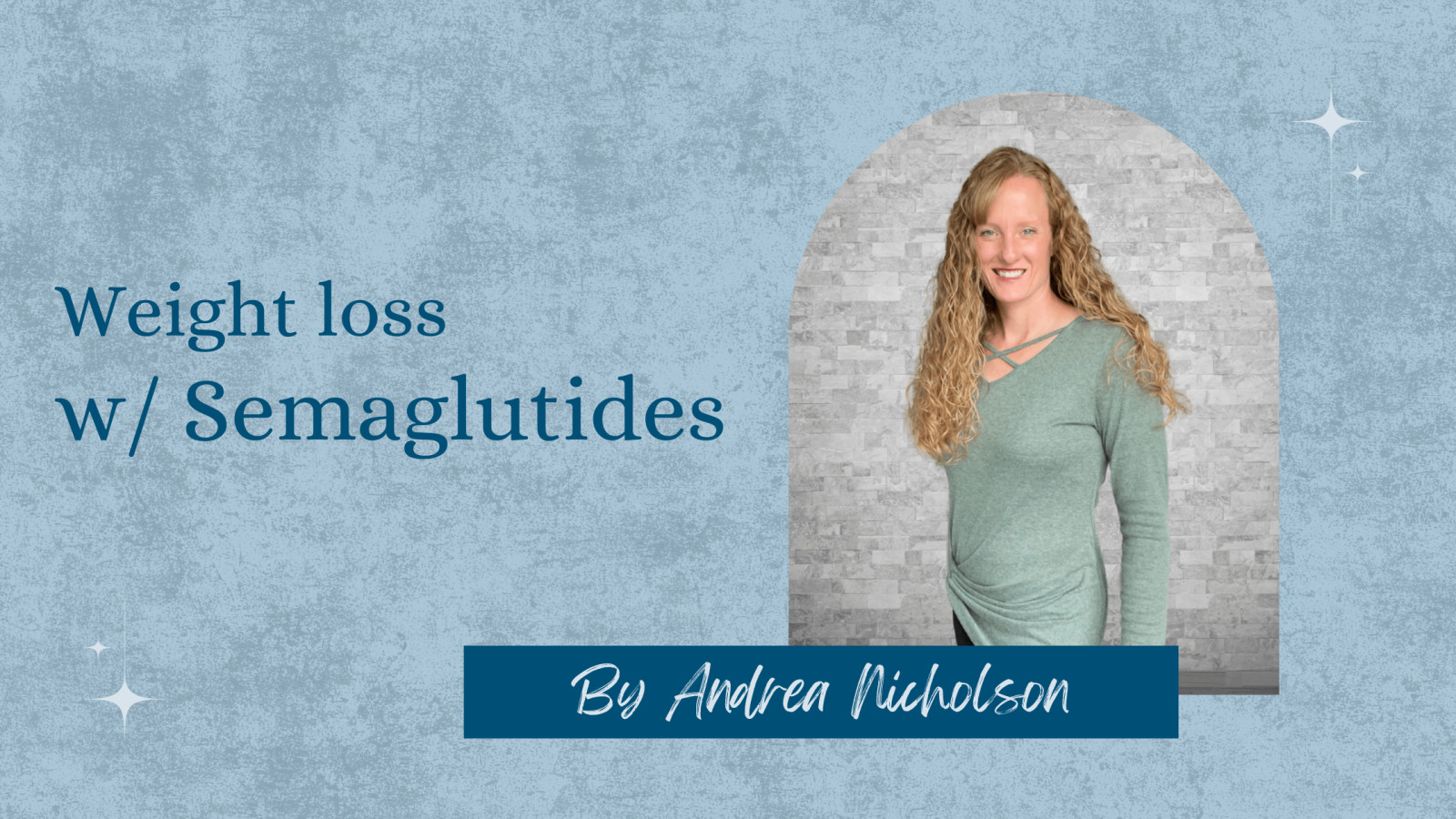







0 Comments